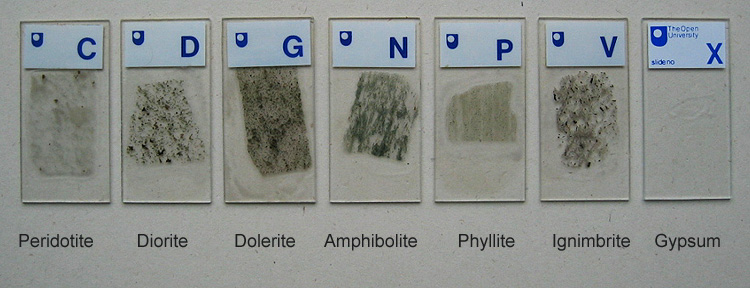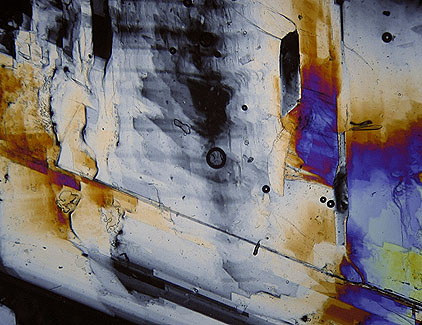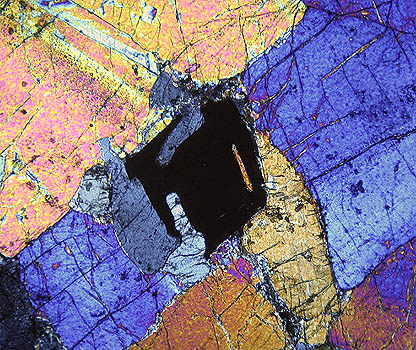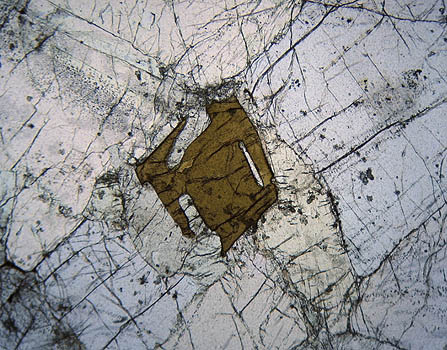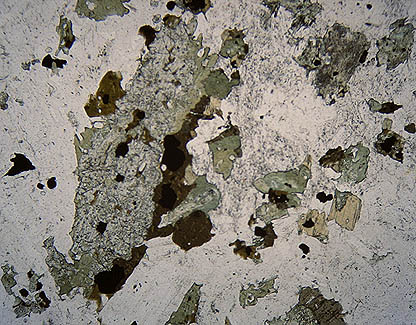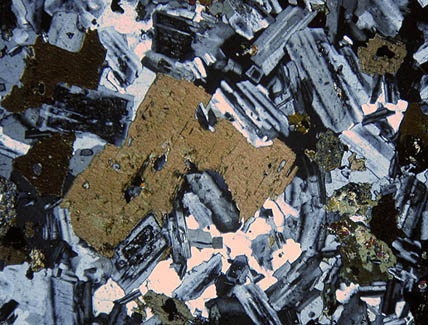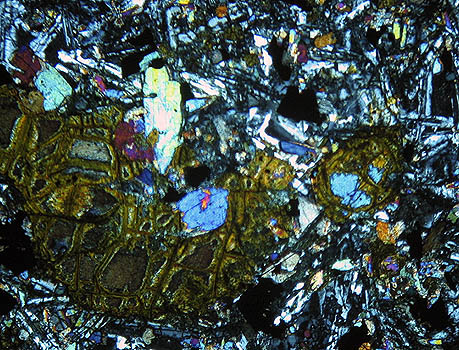Liliane Lijn, 1st Artist in Residence at Space Science Laboratory, California. Three month project working with 30-40 scientists. Lijn was interested in interrelationships. Their project was about the transformation of energy from one state to another.
‘If we understand how energy flows, how energy is transferred from one form to another’ says Dr. Andreas Keiling, ‘then we can say that we have understood the phenomena’.
Each scientist looks at the movement and transformation of energy in areas as diverse as waveforms in music and maths, solar flares, the building of a spacecraft, the aurora borealis, the mixing of stellar and laser light and the crustal magnetic fields of Mars. Similarly, Lijn’s multi-facetted practice views the world as flux and energy and this video interweaves her work, in a counterpoint to the scientists’ observations, to create a visual/verbal dialogue between science and art.
While there Lijn worked with aerogel a material produced for NASA. She liked its otherworldly qualities.
See http://www.lilianelijn.com/heavenly-fragments.html
Moonmeme, 2009
Real-time computer simulation
In Moonmeme, the artist reveals her concept to write on the Moon from the Earth using a laser beam. The word 'SHE" is projected onto the surface of the moon, the meaning of this word being gradually transformed as the Moon moves through its phases.
The image you see tracks the real moon's phase and updates every 26 hours and 13 minutes.
This project is an homage to the feminine principal of transformation and renewal which for millennia was held sacred in the form of the full moon and its recurring monthly cycle.
Digital artwork by Richard Wilding
Lunar phase source material by Tom Ruen
Astronomical calculations by Paul Millar in collaboration with John Campbell Brown
Multisensory art
Kinetic art

